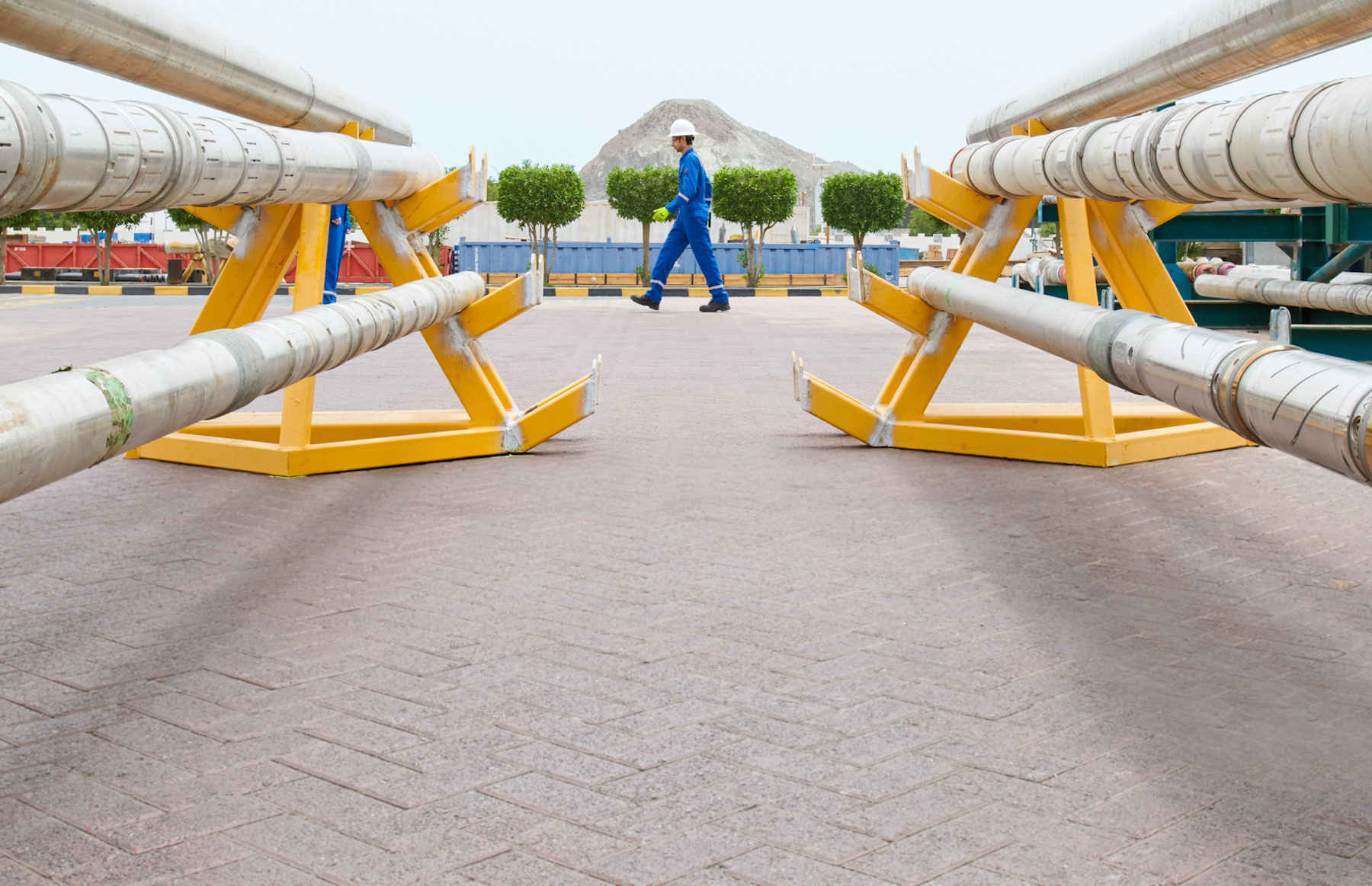Geothermal energy is not exactly a new idea. It’s been used since Roman times. Scientists and practitioners have known about its potential for a long time, but it has yet to become a mainstream solution.
The last couple of years, however, have seen the investment viability and interest in renewable energies spike in response to demands from the public, the market, and energy industry shareholders themselves. There has been a cultural shift in priorities as a larger percentage of the population feels the tangible impacts of the climate crisis. Just in the past year, the word “geothermal” has been spoken by more people in more places than ever before in the 37 years I’ve been a geothermal energy practitioner.
Geothermal is finally having its moment.
How geothermal power works, in a nutshell
Geothermal power is a form of geothermal energy that works by tapping into Earth's natural heat deep below the surface. And there’s a lot of water in the subsurface, too, providing a convenient medium for extracting all that heat. In most places around the world, the deeper you go, the hotter it gets. However, in areas that are volcanically or tectonically active, nature has enabled higher temperatures at much shallower depths.
Regardless of how and where hot water is found in the earth—whether near or far from any volcano—it can be readily extracted and used to generate electricity in two ways. In higher-temperature resources, geothermal steam (a vapor) is supplied directly to a turbine generator. In lower-temperature resources, the produced hot water passes through heat exchangers that transfer heat to a fluid that vaporizes at a lower temperature than water—not steam in this case, but a different vapor. In both cases, the heat-depleted water is returned to the earth to begin the cycle again.
The result? Significant generation of 24/7 power with minimal carbon dioxide (CO2) emissions.
Yes, it’s about the money—but the calculation is skewed
Despite this potential, an ever-present issue remains: economics. Ignoring the costs of the environmental impacts that have led to climate change, geothermal power costs more to develop than other sources. As a result, those who are driven only by maximizing short-term profit have not invested in geothermal.
But times are changing. The almost incalculable cost of climate change is driving investors, along with oil and gas (O&G) companies, toward geothermal power. While it might come as a surprise that part of the answer to a sustainable energy future is coming from the O&G industry, there is no doubt that it has all the adjacent expertise needed to make geothermal energy a viable solution—and to develop it at scale.
It all starts with drilling.
If there’s one thing the O&G industry has figured out, it’s the complexities of drilling deep into the earth. Geothermal power uses a similar process but has a vastly different outcome: near-zero CO2 emissions. Instead of producing their traditional hydrocarbons, decades of tech development, subsurface extraction, and resource management are being used to produce geothermal power. But this time, the only things being exploited are the vast stores of the earth’s renewable, replenishable heat. The extensive subsurface know-how of the O&G industry is being repurposed for our planet’s changing energy needs, putting geothermal in a prime position for our clean energy revolution.
So, why is geothermal uptake so slow then?
Other options like wind and solar offer lower start-up costs, which is why they remain popular choices. But the intermittent nature of these solutions requires significant back-end costs for energy storage in the form of batteries. Otherwise, how would you use energy at night or on a calm day? When these and other maintenance costs are factored in, an investment in wind or solar is at least equivalent to if not more costly than geothermal (even if you ignore geothermal’s obvious advantages).
But maybe the reason for slow adoption is not cost or availability, but instead a lack of understanding. Considering that the “g word” is being spoken more and more these days, I’m bullish on intelligent thinking about geothermal.
But wait, there’s more. Apart from being just as good of an investment as its better-known counterparts, geothermal energy is less susceptible to other critical obstacles. For example:
- Geothermal power plants have “black start” capabilities, meaning they can bootstrap themselves in the absence of grid power. Just like in Jurassic Park (sort of).
- Once the wellfield is developed and the power plant constructed, geothermal power is like the Energizer Bunny—it keeps going and going. And not only for an amortization period of 30 years . . . We’re talking more than twice that for many geothermal facilities.
- Did I already mention 24/7 power and minimal CO2 emissions? (Yes, but worth repeating.)
- We are extracting critical minerals—particularly lithium—from geothermal fluids. Not to mention zinc, magnesium, and soon, cesium.
- Need space heating and cooling? Shallow-depth geothermal energy—geoenergy—has your back, front, sides, top, and bottom.
- Looking for truly green hydrogen? Power those electrolyzers with geothermal, using one sustainable energy source to create another.
Speaking of green hydrogen . . .
Hydrogen is quickly becoming the fuel of the future, thanks to both its zero-emission characteristics and being readily available through the electrolysis of water. But although hydrogen itself is a form of sustainable energy, the process of creating it isn’t always. By using geothermal energy, the produced hydrogen is free from harmful environmental side effects. The importance of this advantage only grows as hydrogen becomes a more widely accepted fuel source.
Repurposing our thinking and tech at the most critical moment in history
The clear need to transition more of our energy production to renewables has opened a door for geothermal. The natural synergies between the O&G industry and the geothermal industry provide an unprecedented opportunity to scale up geothermal. By transferring knowledge, applying skillsets, and adapting technologies in both directions, new energy and oil and gas are using their merged capabilities for the good of our planet. I invite industry players across the board to invest in sustainable, safe, and cost-effective solutions for improving our energy mix.
And, for me, this absolutely requires advancing geothermal energy in all its useful and environmentally friendly forms.




